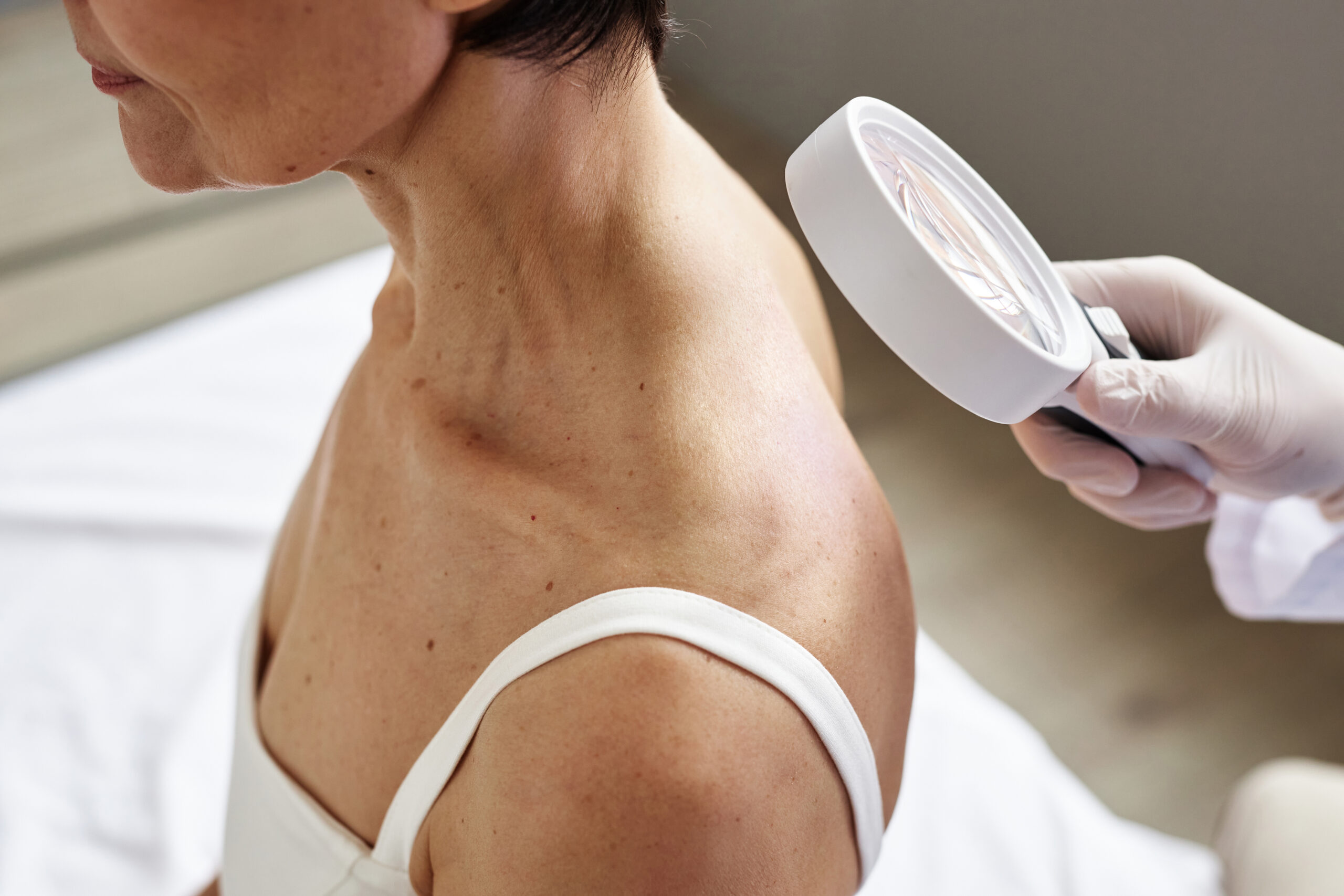
Unmasking Diabetes: Know the Signs and Take Control
Unmasking Diabetes: Know the Signs and Take Control
Across our nation, there’s a silent but pressing health concern. Diabetes, often dubbed the silent invader, has been steadily increasing. With more than 34 million Americans affected, it’s an epidemic that demands our attention. This article helps highlight the importance of early detection and effective management of diabetes for a healthier tomorrow.
The Silent Epidemic
It seems like life is busier than ever, which can often distract us from potential health issues and diabetes is quietly becoming a big deal. The Centers for Disease Control and Prevention (CDC) reports that over 34 million Americans currently have diabetes. That’s about 1 in 10 people, potentially 3 people in your close family and friends circle! Fast Pace Health Chief Medical Officer Sarika Aggarwal, MD, MHCM comments, “The increasing prevalence of diabetes is alarming. Understanding your condition, its impact on your body, and the steps you can take to help control it can be the first and most crucial step toward better health. Regular check-ups, a balanced diet, consistent physical activity, and proper medication adherence are all vital components of helping manage diabetes. Remember, you have the power to take control of your health and lead a fulfilling life despite diabetes. Your Fast Pace healthcare team is here to support you every step of the way, so never hesitate to reach out for guidance and encouragement. Together, we can work towards a healthier and happier future.”
Even more concerning is that about 88 million adults – nearly 1 in 3 – are at the doorstep of getting diabetes; said more simply, they’re prediabetic. Prediabetes, if not addressed, can lead to full-fledged diabetes. And what’s most alarming is that a significant portion of these individuals may not even know they’re at risk.
Understanding Diabetes
To tackle diabetes, we first need to understand it. Diabetes is when the body can’t regulate blood sugar properly. This could be because the body either doesn’t produce enough insulin or doesn’t use it effectively. Over time, high blood sugar levels can damage our organs and our overall health.
Spotting the Early Warning Signs
How do I know if I might be prediabetic or already have diabetes? Diabetes can be sneaky. Its early signs might seem like common issues or be easy to ignore. Here are some signs to be aware of:
- Frequent Bathroom Trips: Especially if you’re waking up several times at night.
- Constant Thirst: Always feeling like you can’t get enough water.
- Unexpected Weight Loss: If you’re losing weight without trying, it’s worth noting.
- Hunger, All the Time: Always hungry, even after a meal? It’s a sign.
- Blurry Vision: If things suddenly seem out of focus, like you’re looking through a foggy window.
- Always Feeling Tired: Even if you’ve had a good night’s sleep.
- Cuts or Sores Heal Slowly: This indicates your body isn’t healing as it should.
- Tingling Hands or Feet: A sign that your nerves might be affected.
- Dark Patches on Skin: Especially in areas like the neck or underarms.
The Long-Term Risks
Why should I worry? Well, diabetes isn’t just about sugar levels. If not managed, it can lead to a number of healthcare issues, including, but not limited to:
- Heart Issues: Including diseases and even strokes.
- Kidney Problems: Our kidneys might get overloaded and worn out.
- Eye Troubles: From minor issues like blurry vision to potential blindness.
- Nerve Damage: This can result in pain or numbness and severe cases might require amputations.
- Skin and Mouth Issues: Being more prone to infections.
- Joint Pain or Problems: Diabetes can affect our bones and joints.
- More Vulnerability to Illnesses: A compromised immune system means catching other diseases easily.
How Do People Get Diabetes?
It usually happens due to a mix of things:
- Your Genes: Sometimes, if a family member had it, you might have a higher chance.
- Weight: Being much heavier than what’s considered healthy for your age and height.
- Bad Food Choices: Eating too many sugary or fatty foods.
- Not Moving Enough: Our bodies love to move. They need to move. Sitting around too much can be a problem.
- Age: As we get older, the risk goes up.
- Other Health Problems: High blood pressure or having a certain kind of cholesterol problem.
Steps to a Brighter Future
It’s not all bad news. Being aware and taking action can help make the difference. Some steps you can take include, but are not limited to:
- Regular Check-ups: Visit your healthcare provider to know where you stand with periodic blood tests.
- Eat Wisely: Choose foods that are better for you. Eat balanced meals with fewer processed foods.
- Stay Active: Get moving! Physical activity can be key. Find something you love, whether it’s walking, cycling, dancing, or play with your dog.
- Keep an Eye on Your Sugar: Essential if you have diabetes. Get your blood sugar levels checked often.
- Seek Medical Advice: Medications or treatments can help manage the condition.
- Find Support: Talk to others, join groups, and know you’re not in this alone.
Conclusion
Knowledge can be our best defense. By understanding the signs of diabetes and taking proactive steps, like working with your local Fast Pace Health Primary Care provider, we can work towards a healthier and brighter future for all. Schedule an appointment today at www.fastpacehealth.com/primary-care
Related Resources


